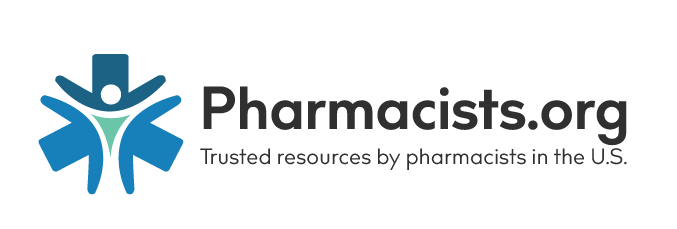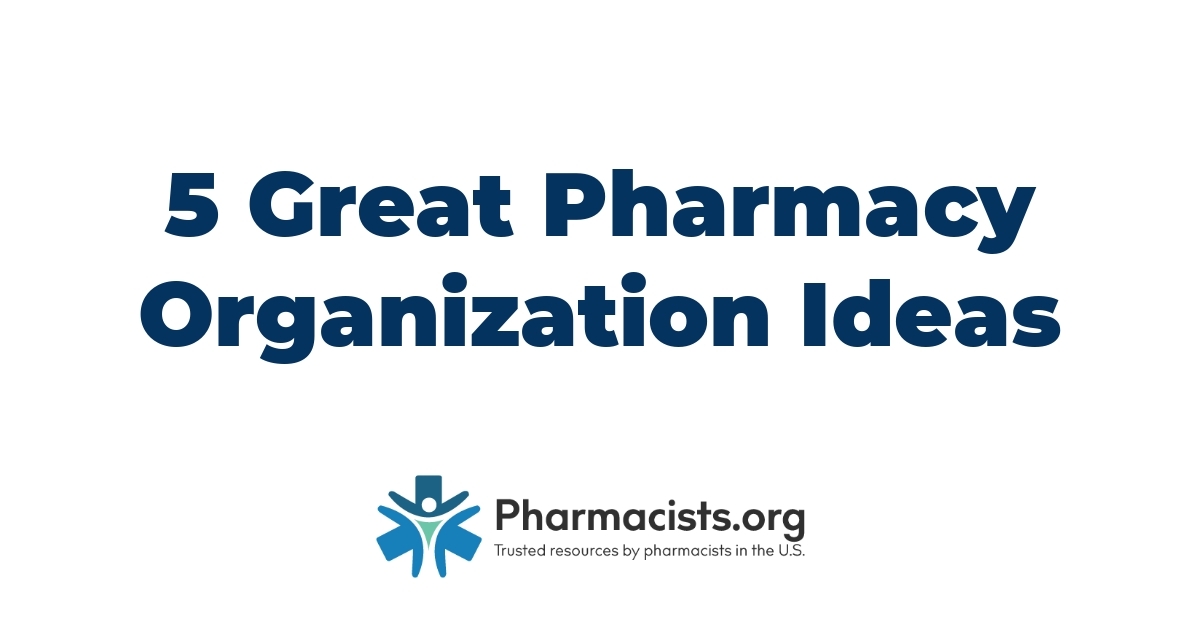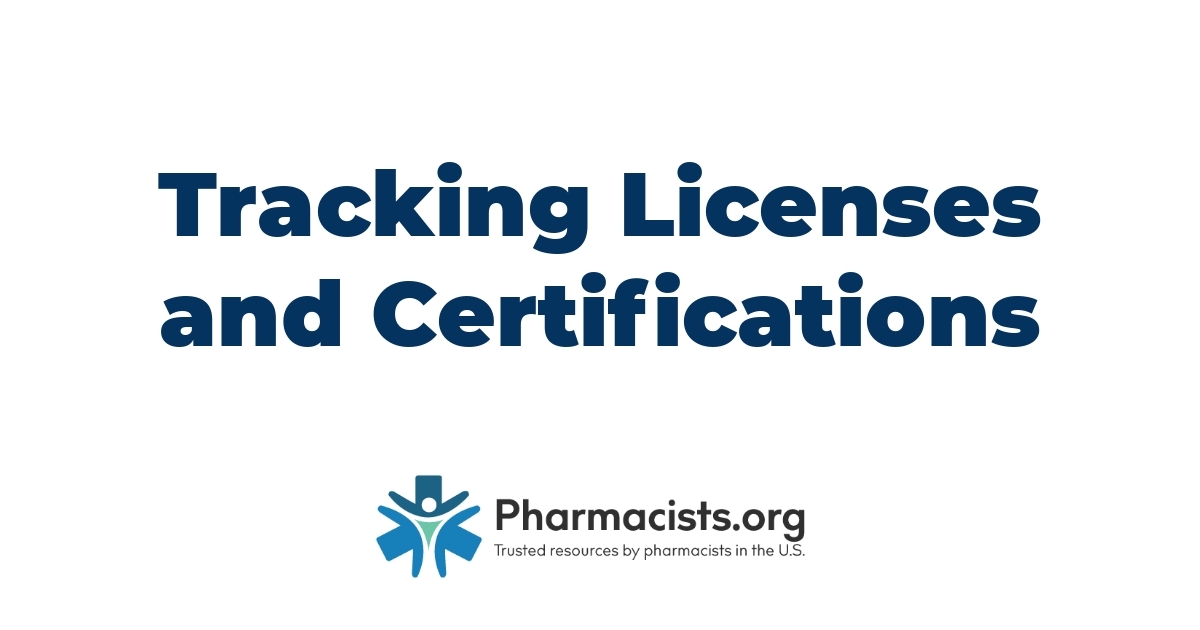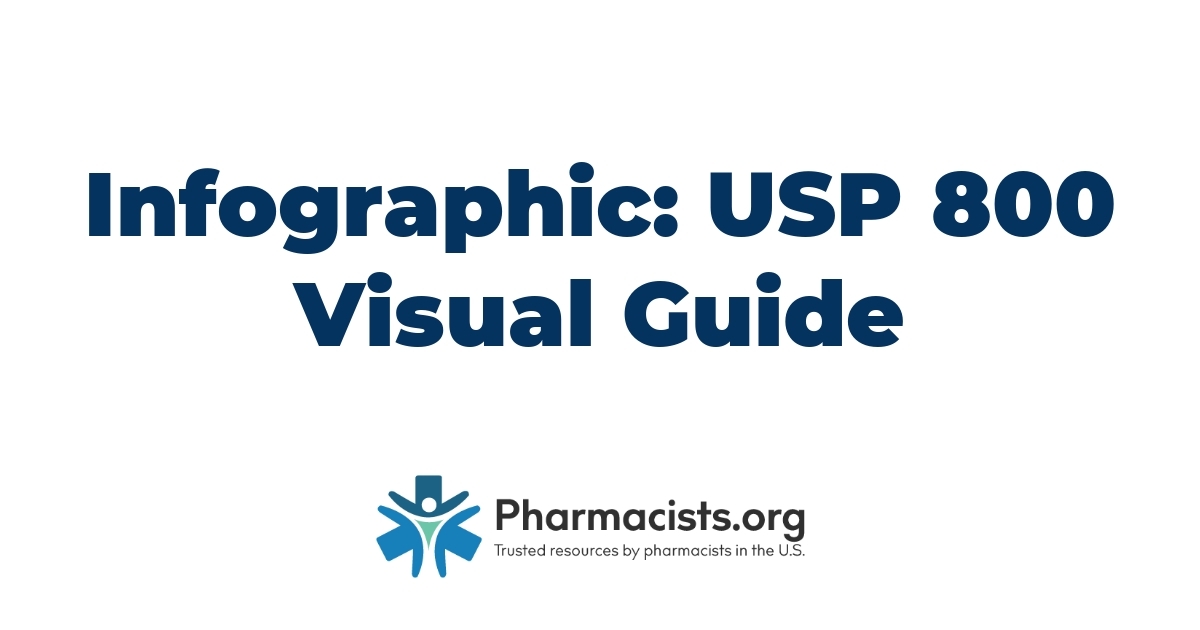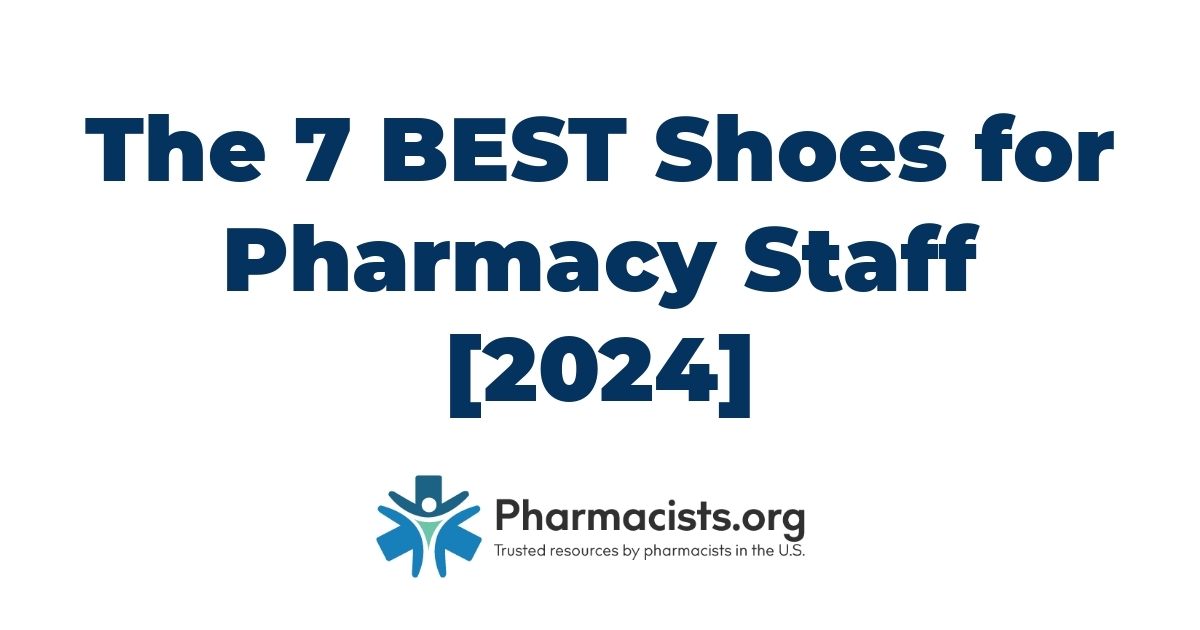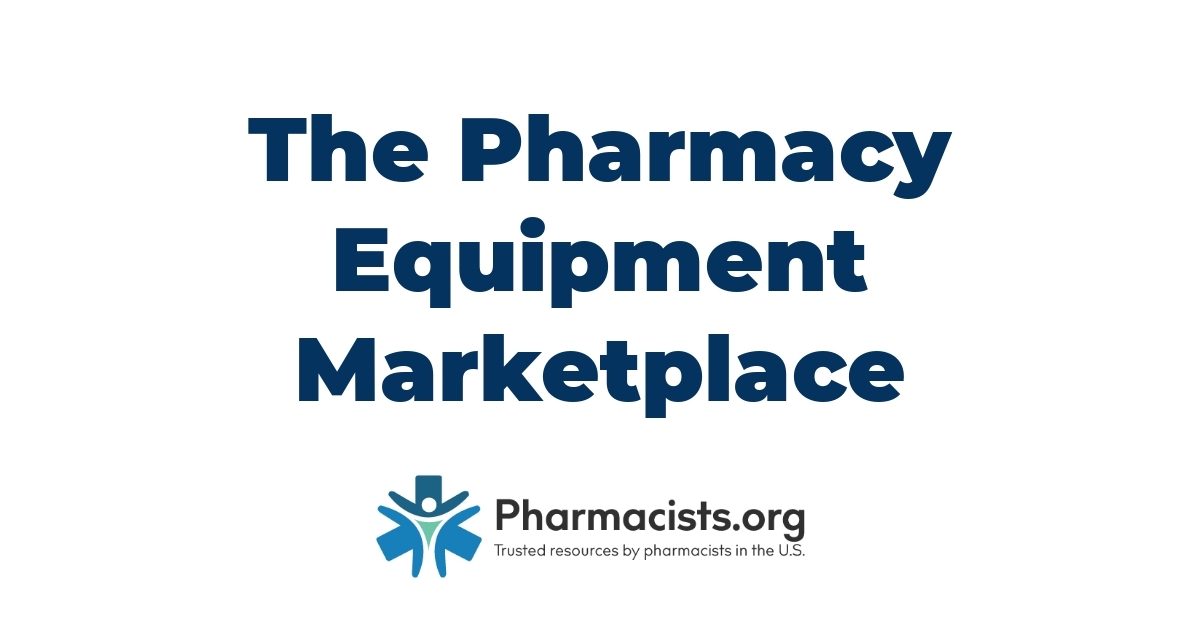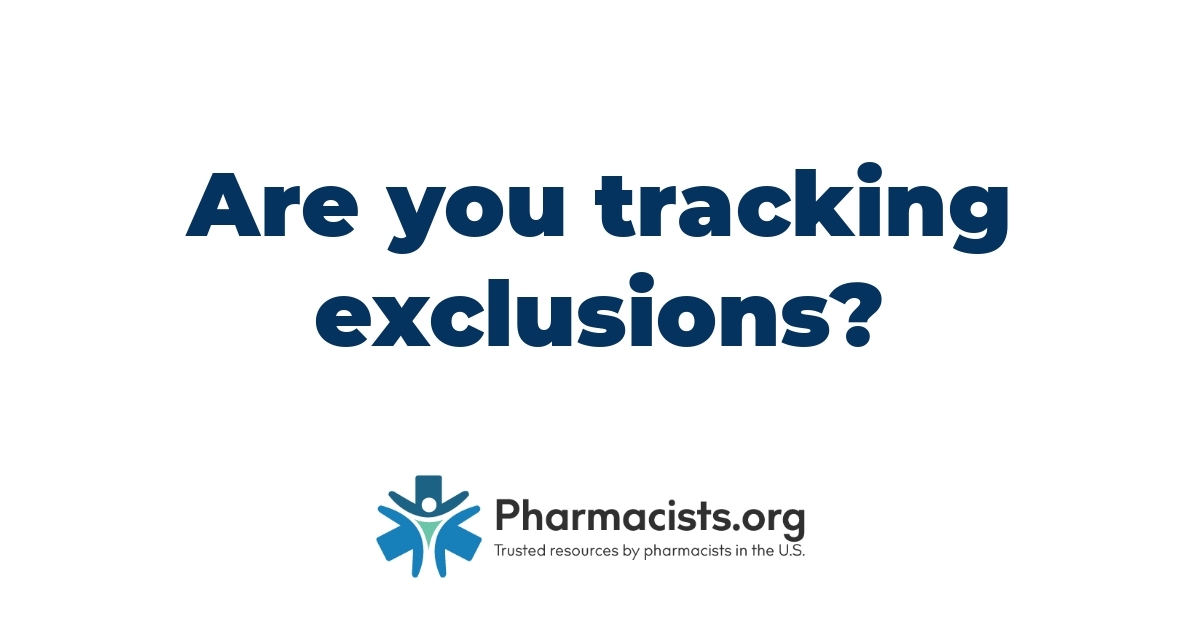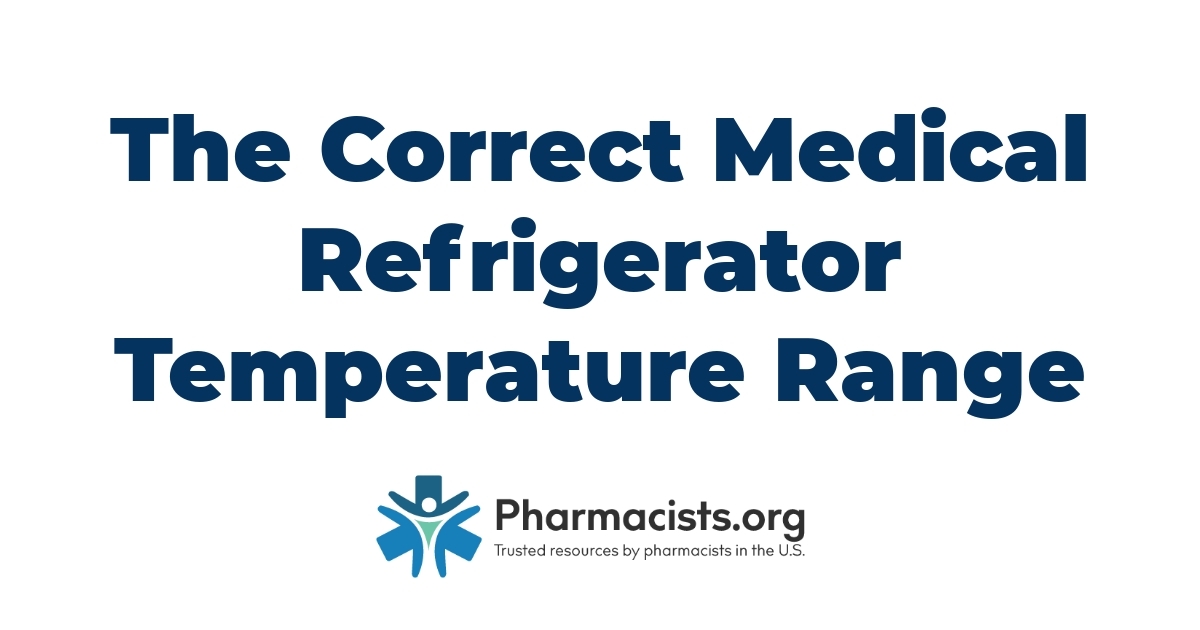If you haven’t worked in the non-profit sector or have mostly worked in a stand-alone retail (whether it’s an independent or chain), you might not have heard of 340b or only be vaguely familiar with it. I certainly was in that position too prior to my current practice setting. I knew it was a drug pricing program to save non-profits money, but that’s about where my knowledge of it ended.
One of our hospitals is coming close to being eligible for 340b, and I’ll be working on getting our pharmacy set up to bill through the program (as well as, of course, comply with all program requirements), so obviously I needed a crash course in 340b. We’ll talk about that in a minute, but first I want to explain to you why you should be interested.
Table of Contents
The Opportunity
During that crash course I learned that for-profit pharmacies (i.e. yours!) are allowed to contract with 340b facilities to dispense 340b medications to eligible patients. I don’t know about you, but I’ve rarely heard of an independent that has taken them up on this offer, yet it’s an enormous market. According to recent data, 340b makes up 3.6% of the total US drug market, and as of 2015 represented $18 Billion in drug sales based on un-discounted prices.
From what I see, that is mostly untapped revenue for pharmacies located near a 340b facility without a pharmacy. In addition, you can contract directly with the hospital and so could set rates independent of any third-party. Without as many people in the middle taking their cut, both you and the facility are likely going to end up with a better deal.
What is 340b?
340b is basically a drug pricing program intended to “stretch scarce federal resources as far as possible, reaching more eligible patients and providing more comprehensive services.”
It is open to non-profit facilities based on numerous eligibility types, including Disproportionate Share Hospitals (they take care of high numbers of un- or underinsured patients), Critical Access Hospitals, Children’s Hospitals, and numerous types of clinics. You can find the full list here. Each facility type has eligibility requirements they must meet quarterly to remain eligible.
Once those facilities qualify, they are allowed to purchase medications at 340b prices to use for eligible outpatients. 340b price is mandated by law to be Average Manufacturer Price (the price a manufacturer sells to a distributor) – Unit Rebate Amount.
In other words, it’s far cheaper than the price we would pay as a for-profit pharmacy for a medication. For many health systems, that could mean millions per year in savings, which can then be used to reach more patients, expand services, and fulfill their mission as a non-profit.
Where can I find my local 340b facilities?
HRSA’s Office of Pharmacy Affairs Information System (OPAIS) keeps a list of all “Covered Entities” (i.e. active 340b facilities) as well as contracted pharmacies (so you can see if you have any competition in the area!).
Check out the site here. I just searched for contract pharmacies in my area of Jacksonville, FL, and saw basically no independents in this business. I bet Walgreens is enjoying their monopoly. Jacksonville is a pretty big city, too, so I imagine in some rural areas there are virtually no contract pharmacies, yet “Critical Access Hospitals” and “Rural Referral Centers” are two 340b Covered Entity types you would likely have in a rural area!
How should I go about getting a contract with a 340b facility?
While I’m still fairly new to 340b myself, here is what I see as first steps to take:
1. Learn the program
Apexus is the 340b Prime Vendor (basically the company selected by HRSA to work with stakeholders to administer the 340b program).
They have a 340b university on-demand that is free and is the course I took to familiarize myself with the program quickly. There’s no point in me writing a lot on here about the details 340b when their program is excellent and you can get it straight from the horse’s mouth. It consists of about 20 modules or so that cover all aspects of program enrollment and compliance.
They also have a certificate program to become a 340b expert. For those of you pharmacists who are looking at ways to diversify your skillset as retail jobs unfortunately continue to decline, this might be your calling. Just try searching “340b” in your favorite job search engine and you’ll see there are lots of jobs out there for experienced 340b pharmacists and technicians. It includes working with manufacturers, distributors, health systems, and even 340b consulting companies; I imagine HRSA probably has some pharmacists on their payroll as well.
Here are some links to get you started:
Apexus 340b University on Demand
Apexus 340b Advanced Operations Certificate Course
HRSA Information on Contract Pharmacies
340b Health – another excellent site to learn about 340b
2. Reach out to your distributor
After you’re finished with 340b university, so you can speak to the program, email/call your distributor sales rep to get more info on their 340b programs. McKesson, for example, has full-time staff dedicated to 340b, and they can help you figure out how to get set up. They also offer 340b consulting so you can get your game-plan together before you talk to the facility.
3. Reach out to your software vendor
Just like the distributor, software vendors also usually have experience with 340b and/or have full integrations with 340b software.
One thing you’ll need to do to stay compliant is to ensure your 340b inventory is not dispensed to non-eligible patients. While you can keep separate physical inventories, it’s not practical for most pharmacies because of space and higher inventory carrying costs.
For that reason, software companies have created ways to develop virtual inventories, where you order medication, dispense to 340b patients, the computer identifies what has been dispensed, and re-orders from your 340b account based on your accumulated usage. All inventory in this system is mixed and no one has to worry about using the wrong bottle on ineligible patients.
4. Develop a business plan to pitch to the facility
How will the facility benefit from the partnership? What services can you provide that other pharmacies might not be, or can’t? This is the time to pull out all the guns – can you offer compliance packaging, so their patients will be less likely to get readmitted? Are you willing to get provisioned in their inpatient and outpatient EMR’s so you can follow patients, send messages directly to doctors and save phone calls, and help them work PAs? If it is a hospital and you are located close by, can you offer a Meds to Beds program? Do you have URAC accreditation, so you can also service their specialty meds? Do you offer pharmacogenomics, MTM, or other clinical services?
These are just a few ideas to get started, but think about it from their standpoint. If you can help the 340b facility with their pain points, develop a good relationship with their leadership and staff, and distinguish your service from the chains, you’ve got a great chance at getting in with them. Basically, you can create mutual value for both you and for the facility.
The Bottom Line
340b represents a huge untapped opportunity for independent community pharmacies to help their communities and diversify their revenue sources. While it takes some time to learn the program, build your 340b service, and maintain compliance, the payoff can certainly be worth it in the end.
I am a pharmacist, community pharmacy consultant, and medical writer with over 12 years of clinical practice experience in community, outpatient health system, long term care, and academic settings. I am also the founder of PharmCompliance.com, a website dedicated to the success of community pharmacy.
As a pharmacy project manager, I led the implementation of new service lines, assist with ensuring legal and third-party compliance for over 70 retail stores, lead quality improvement and medication safety initiatives, write policies, procedures, and best practices for all our retail sites, and help with optimizing revenue cycle and pharmacy profitability. I have been responsible for DMEPOS and vaccine accreditation through CMS, obtaining new licenses and permits, and implementing a prescription drug kiosk embedded in our physician offices.
As a medical writer, my work has been featured in GoodRx, Pharmacy Times, Drug Topics, Patient Care Online, and in peer-reviewed journals. I have also given presentations on a range of topics, from disease state pharmacotherapy for medical residents to updates on the CDC vaccine storage and handling guidelines for a medical-grade refrigerator and freezer manufacturer. I have written and presented continuing education for CEImpact, FreeCE, AchieveCE, Ascension Health, and the Florida Department of Health.
